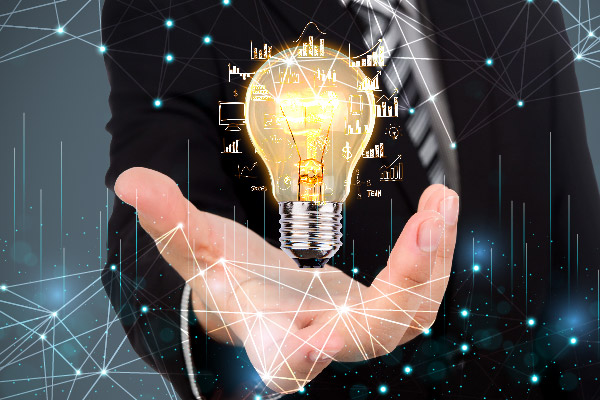

Honda and Nissan—two of Japan’s largest automakers—announced on December 23rd, 2024, that they have entered into merger negotiations, with plans to finalize an agreement by June 2025. Mitsubishi Motors is also expected to join the partnership.
TrendForce reports that if the three automakers successfully merge, the immediate priority will be resource integration to achieve cost savings through economies of scale and accelerate EV development plans.
In 2023, Honda and Nissan ranked 7th and 8th globally in vehicle sales, respectively. However, in the first three quarters of 2024, BYD surpassed Nissan to become the 8th largest automaker, closing in on Honda in 7th place.
Beyond sales competition, Honda and Nissan are facing mounting pressure from their electrification efforts. TrendForce projects that both companies will have a market share of less than 5% in the EV market (including BEVs, PHEVs, FCVs, and HEVs) in 2024. This places them at a disadvantage in BEV and PHEV markets compared to Tesla and leading Chinese automakers, while in the HEV market, both brands continue to trail behind Toyota.
TrendForce’s analysis indicates that while the merger could boost overall vehicle sales and may surpass the Hyundai-Kia Group in 2025, the short-term impact on the EV sector will likely be limited to resource integration rather than immediate sales growth. Honda aims to adapt the Adapted Electric Platform (AEP) for EV production as a transitional measure, focusing on accelerating BEV deployment in the Chinese market. The company targets achieving 100% global sales of BEVs and FCVs by 2040. Meanwhile, Nissan is prioritizing its e-POWER hybrid technology, with plans for all new vehicle models to feature either e-POWER or fully electric drivetrains by 2030.
While Mitsubishi Motors’ contribution to overall vehicle sales remains modest, Mitsubishi Group’s expertise in key EV components, such as electric motors and inverters, is invaluable. Leveraging Mitsubishi Motors' supply chain relationships may support the newly formed company's EV ambitions.
However, integrating the unique technologies and operational strengths of Honda, Nissan, and Mitsubishi Motors will be a complex and time-consuming process. Following the merger, one of the most pressing tasks will be to define a clear and unified electrification direction, including the expedited rollout of next-gen EV platforms.
TrendForce highlights that EVs are projected to account for approximately 25% of global new car sales in 2024. Although the growth rate of the global EV market has slowed, the overall upward trend remains intact. Global EV sales are expected to reach 26 million units by 2025, capturing nearly 30% of total new car sales. In this rapidly evolving landscape, no automaker can afford complacency in their electrification efforts.

TrendForce Roadshow CES – AI Innovations and Opportunities
Join TrendForce on January 8, 2025, at the Renaissance Las Vegas Hotel, USA, for an insightful seminar alongside CES 2025. Our analysts will present on key topics, including near-eye display, the memory industry, NAND market update, foundry, and AI Server. Please check the event’s official website for more details. We look forward to seeing you at the TrendForce Roadshow CES!
Subject
Related Articles
Related Reports

